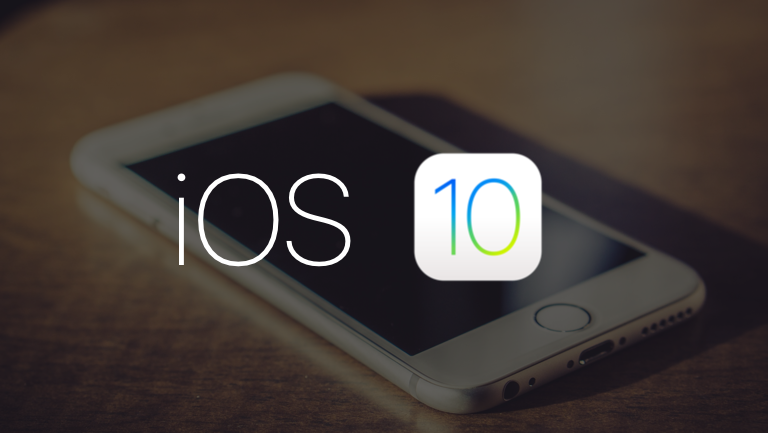iOS UITableView 기초
22 Jan 2017
tableView의 기본 구조
iOS에서 UITabelView는 계층적으로 무언가를 보여줄 때 주로 사용합니다. 간단한 예를 들면 아이폰의 설정창입니다.

tableView는 무조건 1개의 column 으로 구성되고, 위아래 스크롤만 할 수 있습니다. 그리고 table을 구성하는 요소로 section 과 row 가 있습니다.

이미지 출처 : https://www.ralfebert.de/tutorials/ios-swift-uitableviewcontroller
section 과 row 는 위 그림을 보시면 쉽게 파악하실 수 있습니다. Section 이 여러 row 를 포함하는 구조를 가지고 있는 것이죠. 물론 section이 1개만 있고 여러 개의 rows만 있는 경우도 매우 많습니다. 몇 가지 예제를 더 살펴보자면,

위 그림에서 첫 번째 예시에는 section이 없고, row만 있는 것을 확인하실 수 있습니다.
필수 메소드
// 실제 셀에 데이터를 반환하는 메소드, (필수)
func tableView(_ tableView: UITableView, cellForRowAt indexPath: IndexPath) -> UITableViewCell {
let cell = tableView.dequeueReusableCell(withIdentifier: "lottoCell", for: indexPath as IndexPath) as! LottoCell
let row: Int = indexPath.row
cell.nameOfOutlet.text = "Hello world"
return cell
}
// 해당 테이블에 섹션이 몇 개가 있는지?, (필수)
func numberOfSections(in tableView: UITableView) -> Int {
return 1
}
// 행의 개수(세로로 나열되는)
func tableView(_ tableView: UITableView, numberOfRowsInSection section: Int) -> Int {
return lottoNumbers.count
}